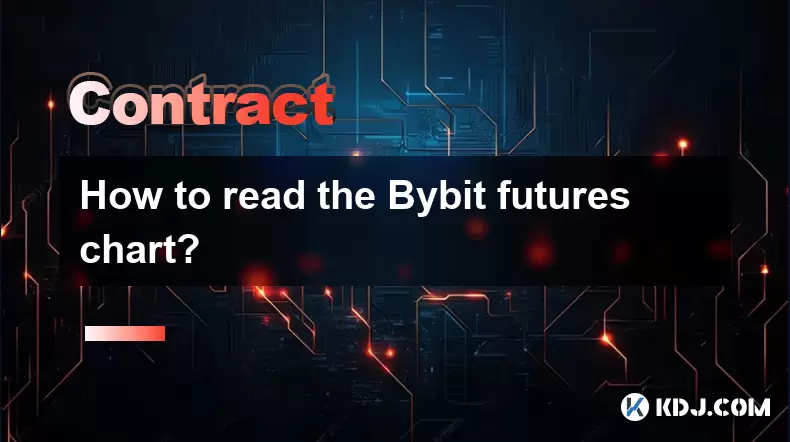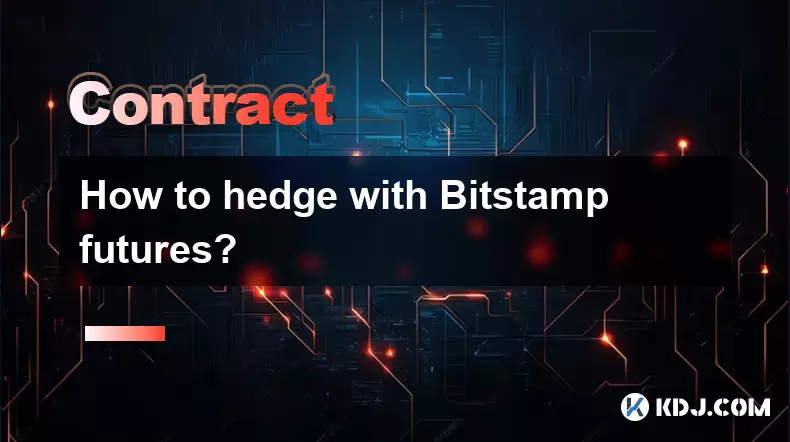-
 Bitcoin
Bitcoin $118800
1.58% -
 Ethereum
Ethereum $3746
0.77% -
 XRP
XRP $3.504
0.58% -
 Tether USDt
Tether USDt $1.000
0.01% -
 BNB
BNB $795.9
5.17% -
 Solana
Solana $202.3
1.89% -
 USDC
USDC $0.0000
0.02% -
 Dogecoin
Dogecoin $0.2660
0.42% -
 Cardano
Cardano $0.8851
0.64% -
 TRON
TRON $0.3168
2.24% -
 Hyperliquid
Hyperliquid $45.60
3.36% -
 Stellar
Stellar $0.4696
2.37% -
 Sui
Sui $3.964
0.86% -
 Chainlink
Chainlink $19.55
0.72% -
 Hedera
Hedera $0.2711
1.51% -
 Avalanche
Avalanche $25.71
0.02% -
 Bitcoin Cash
Bitcoin Cash $526.7
1.89% -
 Litecoin
Litecoin $120.5
4.40% -
 Shiba Inu
Shiba Inu $0.00001524
0.31% -
 UNUS SED LEO
UNUS SED LEO $8.994
0.01% -
 Toncoin
Toncoin $3.290
0.71% -
 Polkadot
Polkadot $4.498
2.49% -
 Uniswap
Uniswap $10.74
1.57% -
 Ethena USDe
Ethena USDe $1.001
0.01% -
 Monero
Monero $324.0
2.53% -
 Pepe
Pepe $0.00001410
0.25% -
 Bitget Token
Bitget Token $4.825
-0.16% -
 Dai
Dai $0.9999
0.01% -
 Aave
Aave $307.9
-2.13% -
 Bittensor
Bittensor $447.8
1.32%
How to read the Bybit futures chart?
Bybit's futures chart offers candlestick patterns, volume, open interest, and liquidation heatmaps to guide trading decisions—customize timeframes, add indicators like RSI or MA, and set alerts for precise entries and exits.
Jul 23, 2025 at 02:08 am

Understanding the Bybit Futures Chart Interface
When you open the Bybit futures trading interface, the chart is typically displayed in the central area of the screen. The default chart type is usually a candlestick chart, which is essential for analyzing price movements. Each candle represents a specific time frame—such as 1 minute, 5 minutes, or 1 hour—depending on your selection. The green candles indicate that the closing price was higher than the opening price (bullish), while red candles mean the closing price was lower (bearish). The wicks (or shadows) above and below the body show the highest and lowest prices during that period.
Customizing Timeframes and Indicators
To change the timeframe, locate the dropdown menu at the top of the chart labeled “1m”, “5m”, “1h”, etc. Click it to select your preferred interval. This is critical for aligning your strategy with your trading style—day traders often use 5m or 15m, while swing traders may prefer 4h or 1d. To add technical indicators, click the “Indicators” button (usually a plus sign or “fx” icon). Popular choices include:
- Moving Averages (MA) to identify trends
- Relative Strength Index (RSI) to detect overbought or oversold conditions
- Bollinger Bands to assess volatility
Each indicator can be customized by clicking its name in the legend below the chart and adjusting parameters like period length or color.Reading Volume and Open Interest
Below the main price chart, you’ll see a volume bar chart. Volume bars show how much trading activity occurred during each candle. High volume during a price increase suggests strong buying pressure, while high volume during a drop indicates strong selling. Next to volume, Bybit often displays Open Interest, which reflects the total number of active futures contracts. A rising open interest alongside rising prices confirms trend strength. If open interest drops while prices rise, it may signal weakening momentum—a key detail for risk management.Using Drawing Tools for Technical Analysis
Bybit’s chart includes drawing tools for marking support/resistance levels, trendlines, and Fibonacci retracements. To access them: - Click the “Draw” icon (pencil symbol)
- Select “Horizontal Line” to mark support/resistance at key price levels
- Choose “Trendline” to connect swing highs or lows
- Use “Fibonacci Retracement” after identifying a recent swing low to high (or vice versa)
For example, if Bitcoin moved from $60,000 to $70,000, draw the Fibonacci tool from the low to the high. The chart will auto-generate levels like 38.2%, 50%, and 61.8%—these are potential reversal zones where traders watch for entries or exits.Interpreting Liquidation Heatmaps and Funding Rates
Bybit overlays a liquidation heatmap on the chart (toggle via “Settings” > “Show Liquidation Levels”). This shows clusters of long and short liquidation prices. If a large red zone appears just above current price, it means many long positions will be liquidated if price reaches that level—this can trigger a rapid price drop. Conversely, a green zone below suggests short squeezes may occur. Also, check the funding rate (displayed near the chart). A positive rate means longs pay shorts; negative means shorts pay longs. Sudden spikes in funding can signal over-leveraged positions and potential reversals.Setting Up Alerts and Risk Parameters
To stay proactive, set price alerts: - Right-click on the chart at a key level
- Select “Add Alert”
- Enter the exact price and choose notification type (email or in-app)
This helps you monitor levels without constant screen time. For risk control, always set stop-loss and take-profit orders when placing trades. Click “SL/TP” when opening a position, then input prices based on your chart analysis—e.g., stop-loss below a support candle, take-profit near resistance. These tools prevent emotional decisions and lock in profits or limit losses automatically.FAQs
Q: How do I switch from candlestick to line chart on Bybit?
Click the chart type icon (usually a bar chart symbol) next to the timeframe dropdown. Select “Line” from the menu. This simplifies the view by connecting only closing prices, useful for spotting long-term trends without candle noise.Q: Why are some candles hollow or filled on Bybit?
Hollow (green) candles mean the close was higher than the open—bullish momentum. Filled (red) candles mean the close was lower than the open—bearish momentum. This visual cue helps traders quickly assess market sentiment per period.Q: Can I save my chart settings on Bybit?
Yes. After customizing indicators, colors, or layout, click the floppy disk icon (“Save Layout”) in the top-right of the chart. Name your layout (e.g., “Day Trade Setup”) and it will persist across sessions—even on mobile.Q: What does the “Mark Price” line on the chart represent?
The Mark Price (thin blue line) is Bybit’s fair price, calculated from multiple spot exchanges. It prevents manipulation and is used for liquidations—not the Last Traded Price. Always compare it to the current candle to avoid unexpected liquidations.
Disclaimer:info@kdj.com
The information provided is not trading advice. kdj.com does not assume any responsibility for any investments made based on the information provided in this article. Cryptocurrencies are highly volatile and it is highly recommended that you invest with caution after thorough research!
If you believe that the content used on this website infringes your copyright, please contact us immediately (info@kdj.com) and we will delete it promptly.
- Arca, PENDLE, and Kraken: Navigating DeFi's Institutional Currents
- 2025-07-23 11:10:11
- Bitcoin Betting, Small Investors, and the Specter of Dollar Collapse: A New Yorker's Take
- 2025-07-23 08:50:11
- Altcoins, Binance Futures, and Bitcoin Rotation: Catching the Crypto Wave
- 2025-07-23 09:10:11
- Dianne Smith, a Spanish Doubloon, and JM Mason: A Pike County Tale
- 2025-07-23 08:30:13
- Bitcoin, Investor, and Computer Blunders: A $95 Million Lesson
- 2025-07-23 09:30:12
- Bitcoin Bulls Eye $115,000, Poised for a $120,000+ Breakout?
- 2025-07-23 08:50:11
Related knowledge

Why is my Bitstamp futures position being liquidated?
Jul 23,2025 at 11:08am
Understanding Futures Liquidation on BitstampFutures trading on Bitstamp involves borrowing funds to open leveraged positions, which amplifies both po...

How to find your Bitstamp futures trade history?
Jul 23,2025 at 08:07am
Understanding Bitstamp and Futures Trading AvailabilityAs of the current state of Bitstamp’s service offerings, it is critical to clarify that Bitstam...

How to trade ETH perpetuals on Bitstamp?
Jul 23,2025 at 03:28am
Understanding ETH Perpetual ContractsETH perpetual contracts are derivative products that allow traders to speculate on the price of Ethereum without ...

How to hedge with Bitstamp futures?
Jul 23,2025 at 02:00am
Understanding Bitstamp Futures ContractsBitstamp futures are financial derivatives that allow traders to speculate on or hedge against the future pric...

What happens during a Bitstamp margin call?
Jul 23,2025 at 07:42am
Understanding Bitstamp Margin CallsA Bitstamp margin call occurs when the value of a trader’s equity in a margin position falls below the required mai...

What is maintenance margin on Bitstamp?
Jul 23,2025 at 10:08am
Understanding Maintenance Margin on BitstampMaintenance margin on Bitstamp refers to the minimum amount of equity that must be maintained in your marg...

Why is my Bitstamp futures position being liquidated?
Jul 23,2025 at 11:08am
Understanding Futures Liquidation on BitstampFutures trading on Bitstamp involves borrowing funds to open leveraged positions, which amplifies both po...

How to find your Bitstamp futures trade history?
Jul 23,2025 at 08:07am
Understanding Bitstamp and Futures Trading AvailabilityAs of the current state of Bitstamp’s service offerings, it is critical to clarify that Bitstam...

How to trade ETH perpetuals on Bitstamp?
Jul 23,2025 at 03:28am
Understanding ETH Perpetual ContractsETH perpetual contracts are derivative products that allow traders to speculate on the price of Ethereum without ...

How to hedge with Bitstamp futures?
Jul 23,2025 at 02:00am
Understanding Bitstamp Futures ContractsBitstamp futures are financial derivatives that allow traders to speculate on or hedge against the future pric...

What happens during a Bitstamp margin call?
Jul 23,2025 at 07:42am
Understanding Bitstamp Margin CallsA Bitstamp margin call occurs when the value of a trader’s equity in a margin position falls below the required mai...

What is maintenance margin on Bitstamp?
Jul 23,2025 at 10:08am
Understanding Maintenance Margin on BitstampMaintenance margin on Bitstamp refers to the minimum amount of equity that must be maintained in your marg...
See all articles

























































































